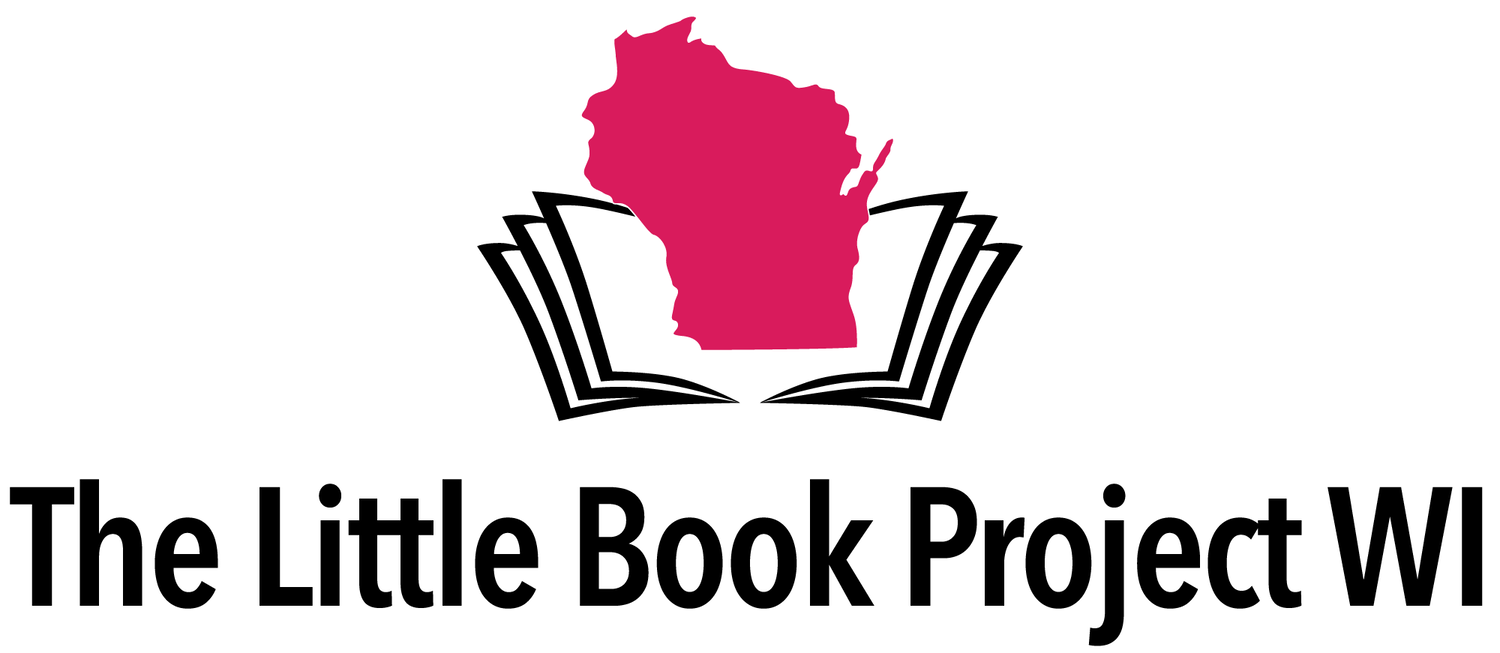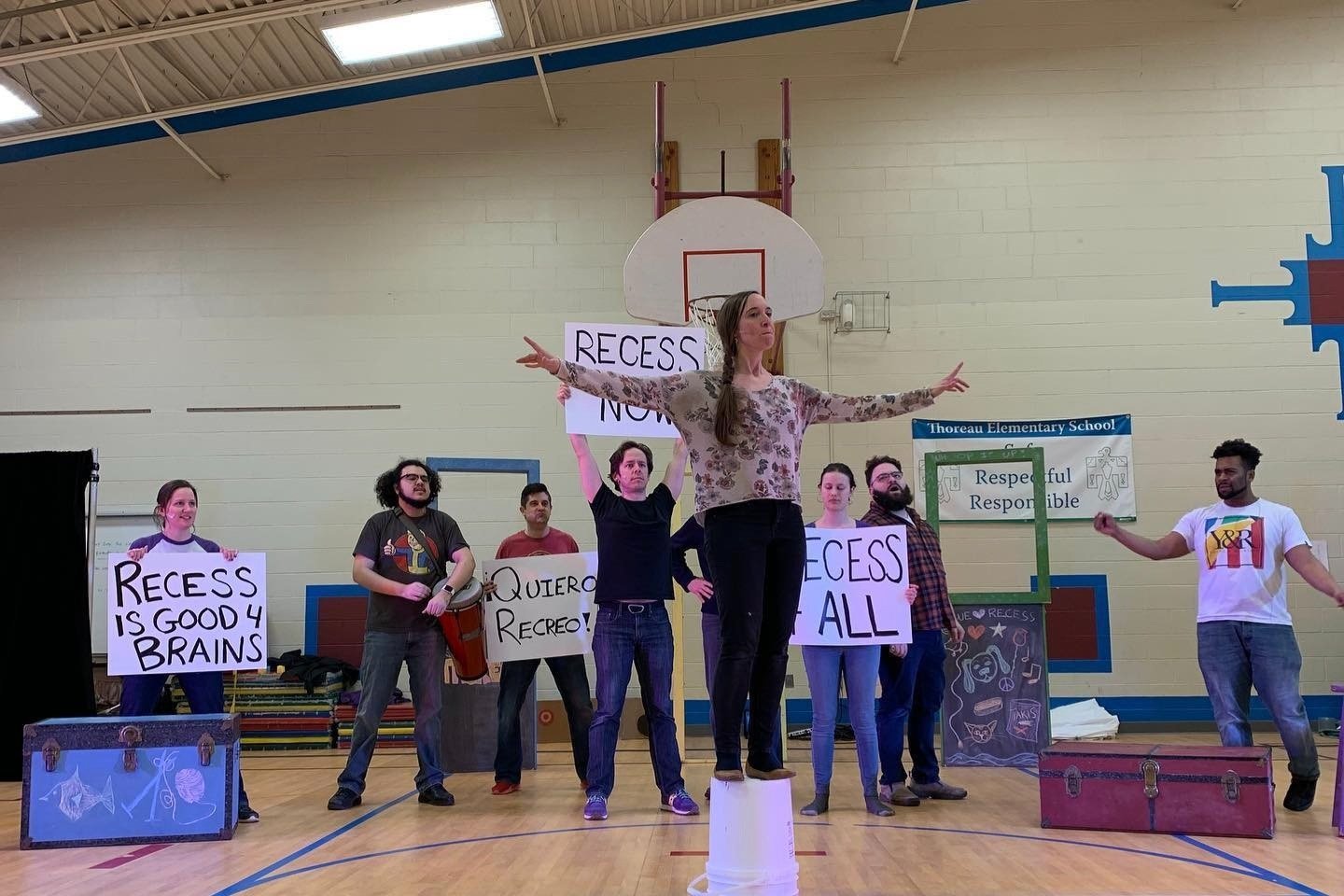Artist Profile: Katherine E. Norman
Katherine E. Norman is an artist, educator and researcher currently based in Madison, WI. Recent theatre credits (acting, teaching, writing, etc.) include Montana Shakespeare, Forward Theatre, Interlochen, Whoopensocker, Children’s Theatre of Madison, Four Seasons Theatre, Door Shakespeare, Optimist Shakespeare and Double Edge. Katherine is a PhD candidate in Educational Psychology at the UW-Madison, where she studies what and how people learn through arts practices and pretend play. Her academic work leverages interdisciplinary scholarship in support of equitable access to meaningful arts education. She holds an MS in EdPsych and an MA in Theatre Studies from the UW-Madison, in addition to a BFA in Acting from University of Illinois at Urbana-Champagne.
1) Your artistic expression has myriad forms. Describe how this plays out in terms of being a professional artist. Is one your true passion more than the others?
I tripped over the term “professional artist,” although I don’t know what replacement descriptor to offer! The domains of my work as a theatre-maker, teaching artist and academic researcher are all reliant upon each other; each is informed and enriched by the other two. Academic research and teaching is definitely the domain that pays the most bills plus provides health insurance right now. The security afforded by academia enables me to choose my freelance teaching artist and performance work—for which I feel very lucky and grateful. At heart I’m still a theatre-kid, and nothing brings me more joy than collaborative art making and curriculum design.
2) Does one particular play speaks to you on a visceral level?
Morgan Lloyd Malcolm’s Emilia knocked my socks off. Emilia Bassano was the first woman to professionally publish a book of poetry in the English language. She is also rumored to be the Dark Lady of Shakespeare’s Sonnets. With an all-female cast, Emilia centers the story of this incredible woman within a historical narrative that had long relegated her to a footnote. I joy-wept through much of the production—highly recommend!
3) What are one or two creative goals on the horizon for you this year?
Viragos, the play I’m currently developing with Forward Theatre’s Wisconsin Wrights New Play Festival, was inspired by and written for many of the students I’ve gotten to work with over the years. Over 60% of characters in plays produced in the United States annually are male. This gender imbalance poses a particular challenge when selecting works for youth theatre programs, which tend to skew heavily female. If theatre allows us to practice world-building and ways of being, we (the grown-ups) desperately need to provide young artists with new and meaningful stories within which to practice. My goal for Viragos is for it be a small step in that direction. The Wisconsin Wrights New Play Festival is an awesome opportunity to develop the work while moving it closer to being ready for a youth-centered production.
A second goal comes from the overlap of creativity and research. (Because research is creative!) Kailea Saplan, Molly Mattaini (who are both brilliant theatre makers/ teaching artists/ researchers) and I are a research team partnered with the UW Division of Creative Arts to conduct a national survey with teaching artists (TAs) in order to construct an improved understanding of how TAs understand and enact anti-racist pedagogy in out-of-school time, theatre education spaces. The project’s goal is to develop research-based recommendations that support organizations’ and TAs’ ongoing development of anti-racist theatre education which uplifts diverse young artists in tangent with strengthening arts programming. We hope to start disseminating these recommendations on public-access platforms by the end of the year.
4) Share 2 to 3 types of art or specific artists you wish people were more aware of.
Absolutely! I would love to expand awareness of arts practice as a method of learning, in addition to a subject to be learned. Art as pedagogy invites us to think of arts practices as ways of being, knowing and thinking. Using art as a pedagogical frame for teaching and learning suggests ways to build more embodied, collaborative and culturally sustaining classrooms. Dr. Erica Halverson’s new book How the Arts Can Save Education is a great intro to these ideas.
For folks in Madison, everybody should be aware of the UW Community Arts Collaboratory. The Collaboratory is the umbrella organization that combines four arts programs: Drum Power, a drumming program founded by Yorel Lashley; Performing Ourselves, a dance and movement program founded by Kate Corby and Mariah LeFeber; FauHaus, a visual art program founded by Faisal Abdu’Allah; and Whoopensocker, a creative writing and performance program founded by Erica Halverson. All Collaboratory programs engage Madison youth as art makers. I am elated to share the programs are growing in Madison Metropolitan School District schools and community centers.
In addition to youth-focused programming and performance, the Collaboratory hosts an annual Arts Integration Symposium for Wisconsin educators and community members. The Collab is also an NEA Research Lab, enabling us to better understand the diverse impacts of arts programming in schools. It is a wonderful network of programs right here in Madison!


